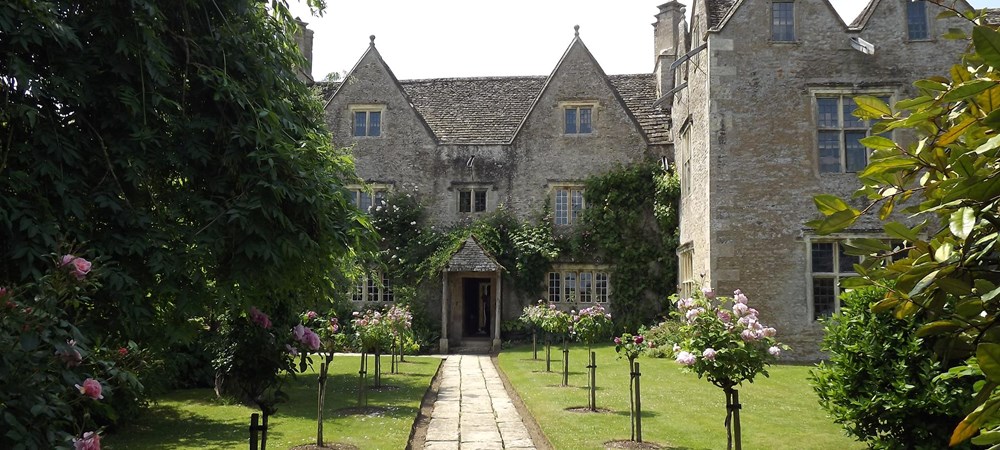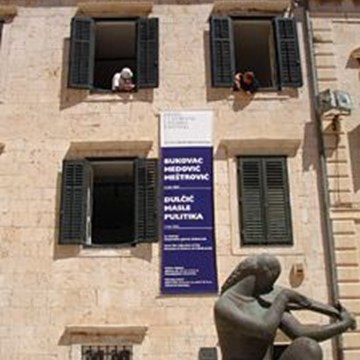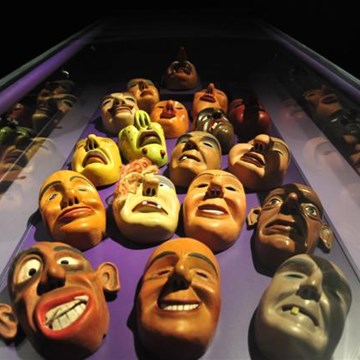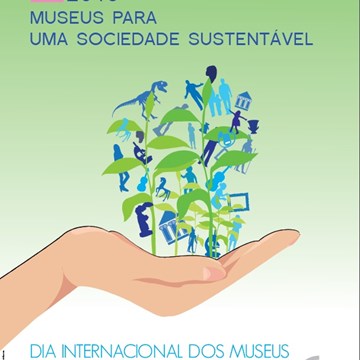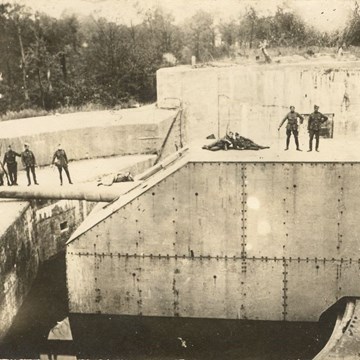Kelmscott Manor
Kelmscott Manor, a grade 1 listed farmhouse adjacent to the River Thames, was built around 1600, with an additional wing added to the north east corner in about 1665. The Manor is built of local limestone on the edge of the village of
Kelmscott.
William Morris chose it as his summer home, signing a joint lease with the Pre-Raphaelite painter Dante Gabriel Rossetti in the summer of 1871. Morris loved the house as a work of true craftsmanship, totally unspoilt and unaltered, and in harmony with the village and the surrounding countryside. He considered it so natural in its setting as to be almost organic, it looked to him as if it had "grown up out of the soil"; and with "quaint garrets amongst great timbers of the roof where of old times the tillers and herdsmen slept". Its beautiful gardens, with barns, dovecote, a meadow and stream, provided a constant source of inspiration.
The house - perhaps the most evocative of all the houses associated with Morris - contains an outstanding collection of the possessions and works of Morris, his family and associates (Benson, Burne-Jones, Rossetti and Webb amongst them), including furniture, original textiles, pictures, carpets, ceramics and metalwork.
William Morris, his wife Jane and children Jenny and May are buried in the grounds of St George's church, Kelmscott. In the village are cottages designed by Webb and Gimson and the Morris Memorial Hall (also Gimson) - all of which have associations with the Morris family.
Kelmscott Manor is owned and managed by the Society of Antiquaries of London.
Kelmscott Manor's 2014 season runs from Wednesday 2nd April until Wednesday 29th October 2014.
Exhibitions and events
We don't have anything to show you here.
Educational programs
We don't have anything to show you here.
Collections
We don't have anything to show you here.
